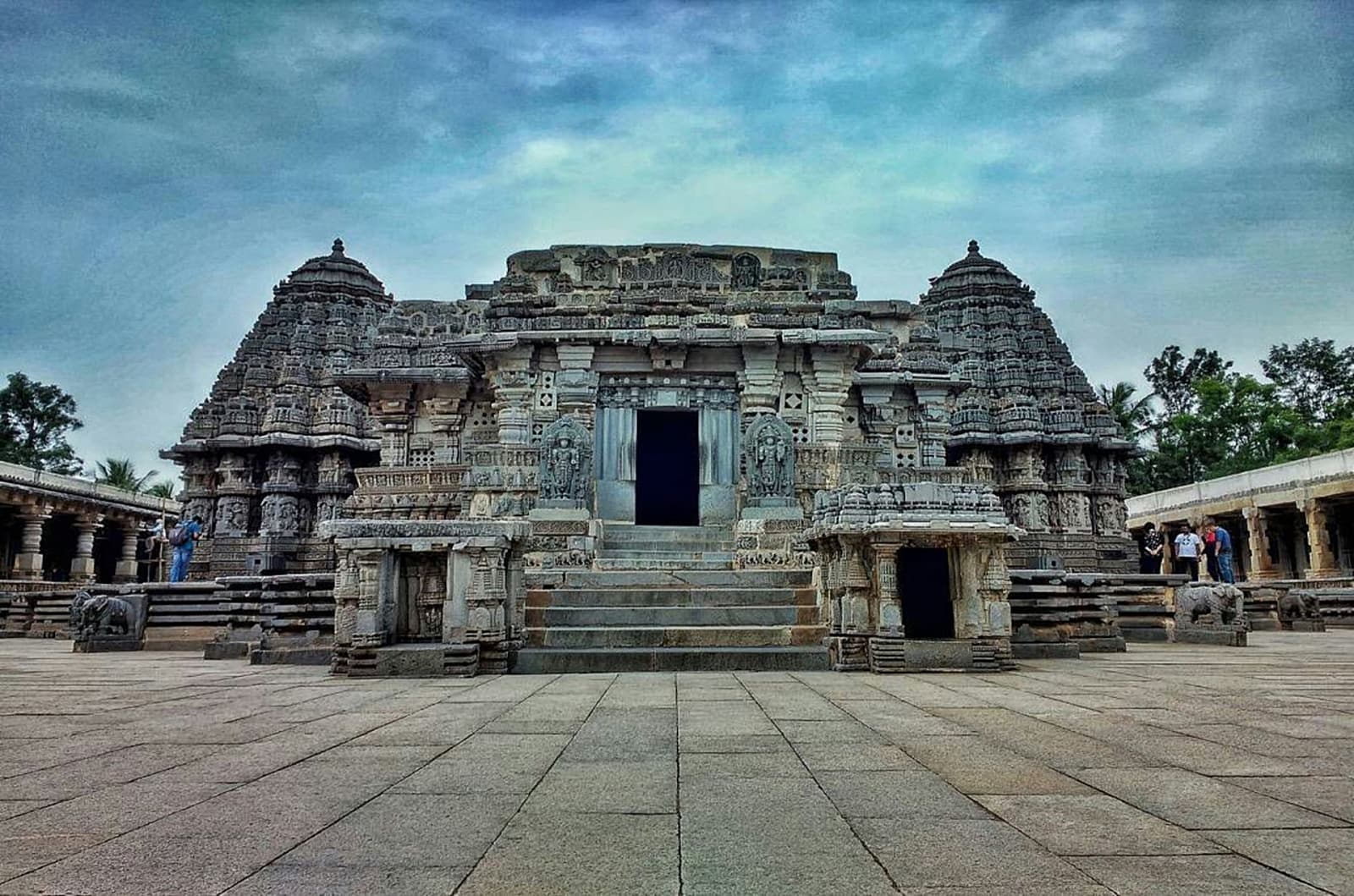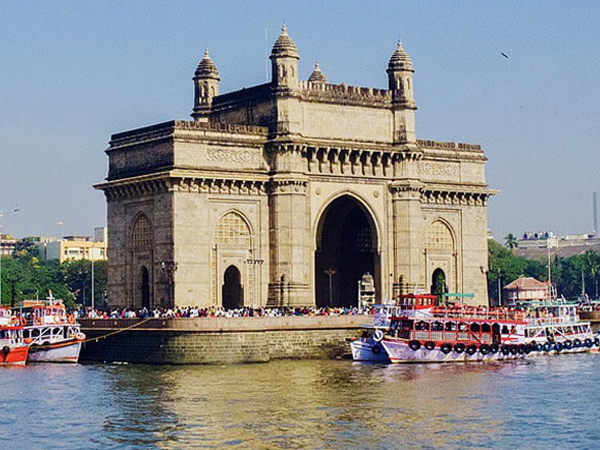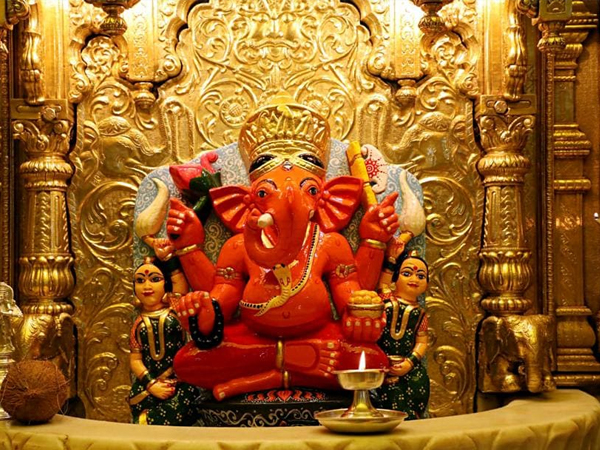Beautiful Belur, the quaint little town is set elegantly on the banks of river Yagachi amidst lush surroundings. It was chosen as the capital of the Hoysalas, after the sacking and destruction of their capital at Dwarasamudra (Halebid), by the Delhi Sultans. The Hoysalas ruled this region between the 11th and 13th centuries. They were great patrons of art and architecture and built several magnificent shrines during their 300 years reign. The temples and monuments at Belur are indeed the best Hoysala creations, showcasing their amazing architecture and sculptures in full glory. The Hoysala temples are characterized by typical star-shaped ground plans and are usually set on a platform. Today, this small town basking in the warmth of its luxurious greenery and glorious past is regarded as ‘one of the jewels’ of South Indian architecture.
 Chenna Keshava Temple: The magnificent shrine dedicated to Lord Vijayanarayan, one of the twenty-four incarnations of Vishnu, was built to commemorate the victory of Hoysalas over the Cholas in the great battle of Talakkad. Some also believe that it was constructed when Vishnuvardhana adopted Vaishnavism under the influence of the great guru Sri Ramanujacharya. Its construction commenced in 1116 A.D., at the inštance of king Vishnuvardhana, later on, his son and grandson completed the work. According to historical records, it took about 103 years to complete this profusely sculpted masterpiece of Hoysala architecture. The huge temple complex enclosed by high walls has a garbha griha (sanctum sanctorum), a sukhanasi (vestibule), a navaranga mandapa and many smaller shrines, mandapams and other structures. The star-shaped main sanctum is a homogenous architectural unit set on a raised platform in the center of a spacious paved courtyard surrounded by subsidiary shrines and colonnades. Virtually every inch of the shrine is intricately carved. The outer walls are adorned with Jagati or railed platform sculpted with horizontal rows of friezes with carvings of elephants, simulates or lions, and scrolls of small female figures in ornamental niches and intersected here and there by larger vertical images. The lower friezes are not so extensively carved as in other Hoysala temples, but the work higher up on the walls is simply outstanding. Singularly beautiful are the 38 freestanding bracket figures angled between the upper walls and the overhanging eaves around the outside of the temple and navranga (pillared hall). The brackets are adorned with voluptuous beauties known as Madanikas in various dancing and ritual postures and depict an amazing variety of sculpted forms. The main sanctum enshrines a beautifully ornamented 6 ft. high image of Chenna Keshava, literally meaning the ‘Beautiful’ Keshava in the Kannada language. Other important Hoysala shrines at Belur are Kappe (frog) Chennigaraya Temple and Veera Narayana Temple.
Chenna Keshava Temple: The magnificent shrine dedicated to Lord Vijayanarayan, one of the twenty-four incarnations of Vishnu, was built to commemorate the victory of Hoysalas over the Cholas in the great battle of Talakkad. Some also believe that it was constructed when Vishnuvardhana adopted Vaishnavism under the influence of the great guru Sri Ramanujacharya. Its construction commenced in 1116 A.D., at the inštance of king Vishnuvardhana, later on, his son and grandson completed the work. According to historical records, it took about 103 years to complete this profusely sculpted masterpiece of Hoysala architecture. The huge temple complex enclosed by high walls has a garbha griha (sanctum sanctorum), a sukhanasi (vestibule), a navaranga mandapa and many smaller shrines, mandapams and other structures. The star-shaped main sanctum is a homogenous architectural unit set on a raised platform in the center of a spacious paved courtyard surrounded by subsidiary shrines and colonnades. Virtually every inch of the shrine is intricately carved. The outer walls are adorned with Jagati or railed platform sculpted with horizontal rows of friezes with carvings of elephants, simulates or lions, and scrolls of small female figures in ornamental niches and intersected here and there by larger vertical images. The lower friezes are not so extensively carved as in other Hoysala temples, but the work higher up on the walls is simply outstanding. Singularly beautiful are the 38 freestanding bracket figures angled between the upper walls and the overhanging eaves around the outside of the temple and navranga (pillared hall). The brackets are adorned with voluptuous beauties known as Madanikas in various dancing and ritual postures and depict an amazing variety of sculpted forms. The main sanctum enshrines a beautifully ornamented 6 ft. high image of Chenna Keshava, literally meaning the ‘Beautiful’ Keshava in the Kannada language. Other important Hoysala shrines at Belur are Kappe (frog) Chennigaraya Temple and Veera Narayana Temple.




